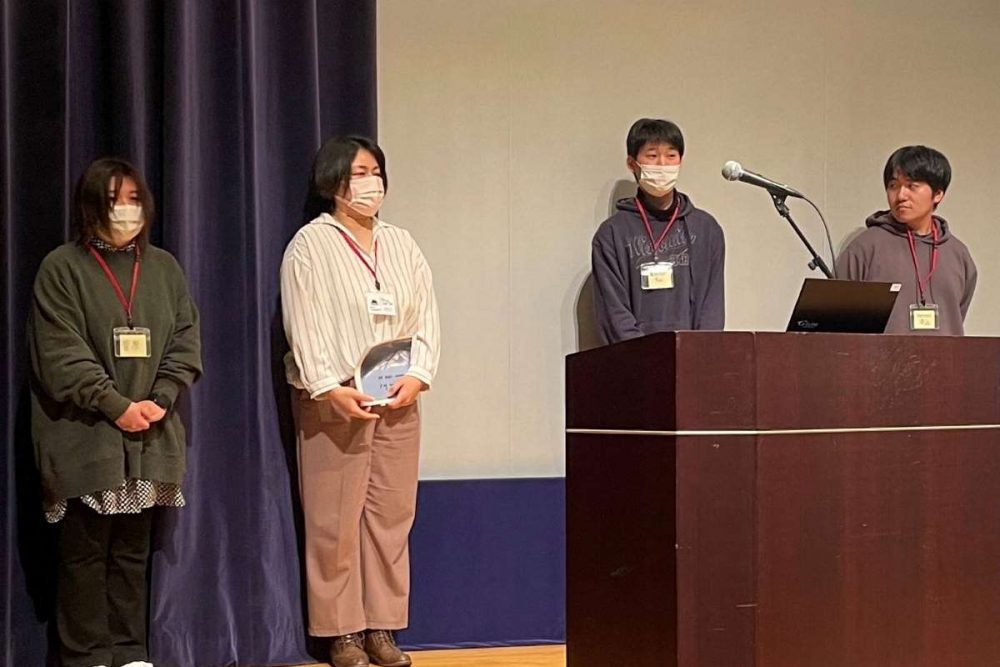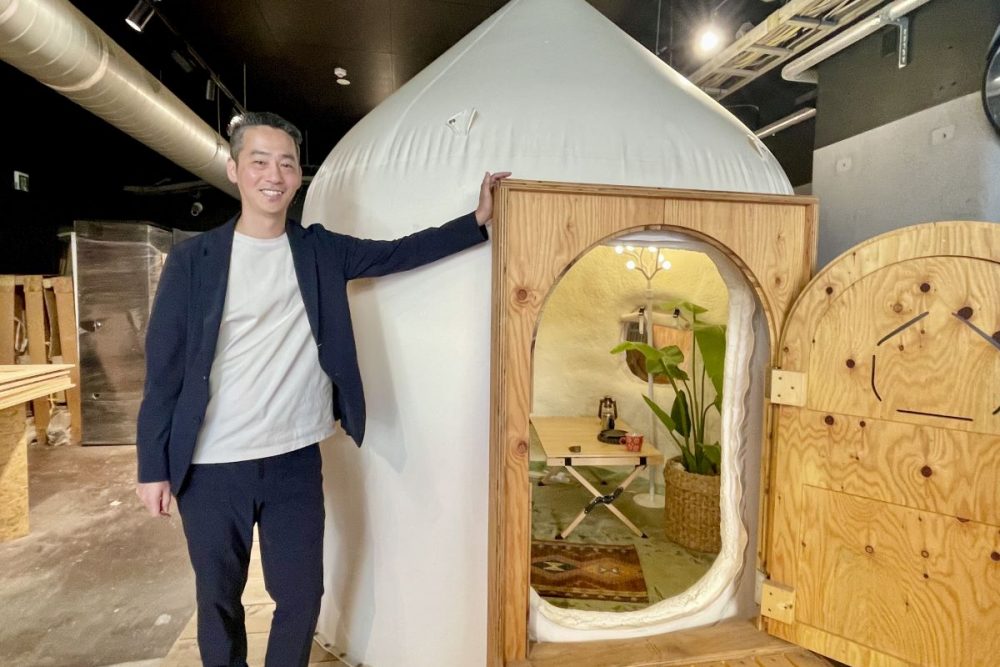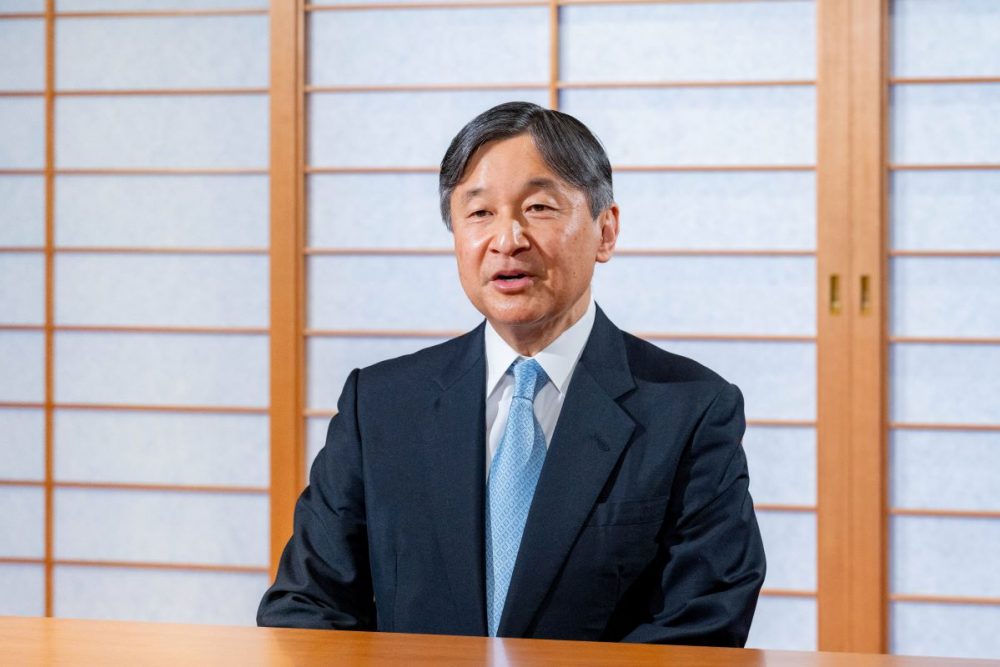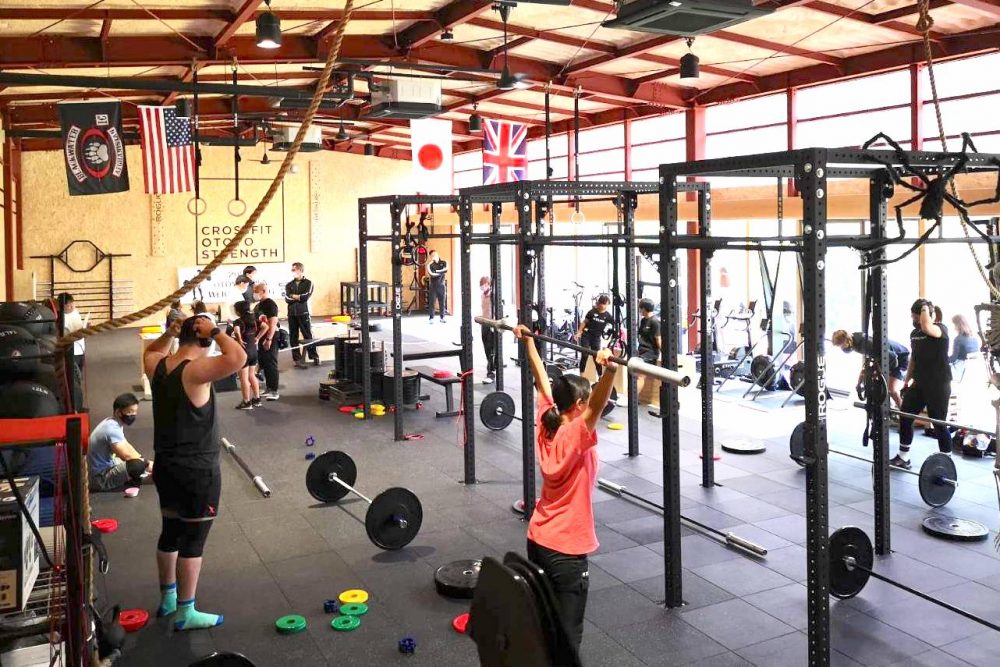Saitama Registers Japan's First Standardized Fertilizer Made from Sewage Sludge Ash
Saitama Prefecture has registered Japan's first standardized fertilizer from sewage sludge ash, potentially reducing reliance on imports of agricultural inputs.
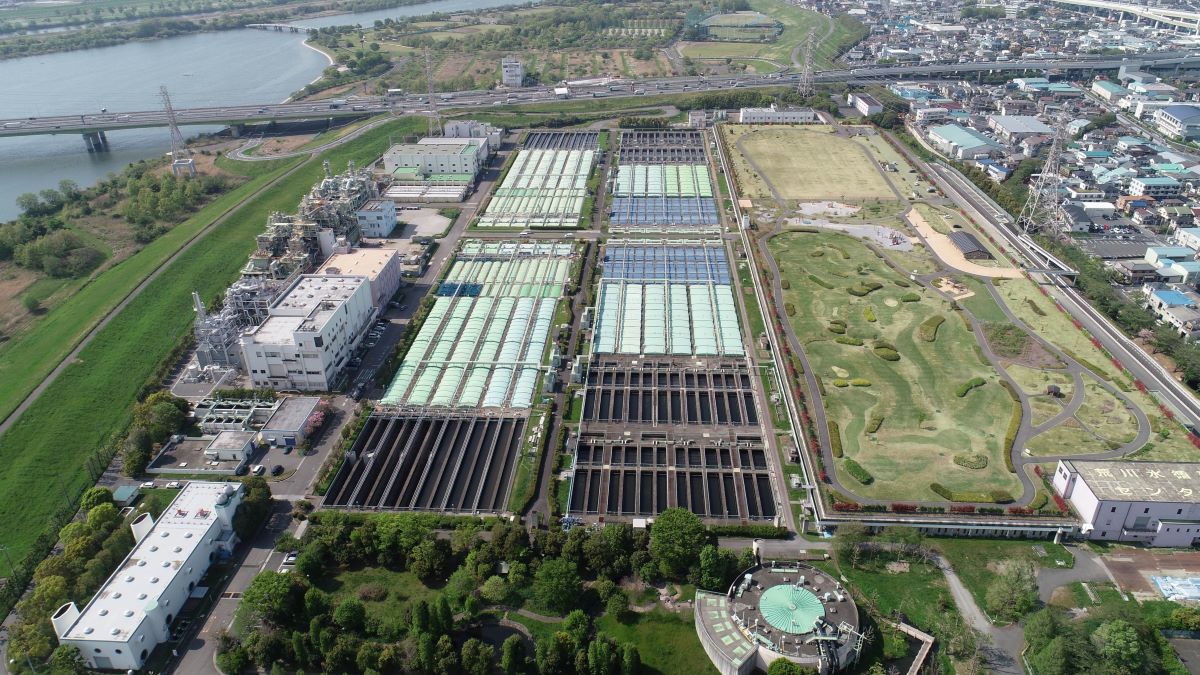
このページを 日本語 で読む
Saitama Prefecture has developed a new fertilizer made from sewage sludge ash. The sludge comes from the wastewater treatment process at the Arakawa Water Circulation Center in Toda City, one of Japan's largest sewage treatment plants.
The prefecture was the first in the country to register a sludge ash fertilizer under a new standard introduced by the Ministry of Agriculture, Forestry and Fisheries (MAFF) in 2023. The prefecture plans to commercialize the product in collaboration with private fertilizer companies and has named it the "Arakawa Kumamushi ("water bear") No. 1."
Ensuring Quality
According to the Saitama prefectural government, incineration ash from sewage sludge is rich in phosphorus, an essential nutrient for plant growth. Thus it is a potential alternative to chemical fertilizers. But the ash can also contain toxic substances like cadmium and mercury, and its composition can vary significantly. Without any guarantee of its components, sewage sludge ash had yet to be mixed with other fertilizers for sale.

In April 2024, the prefecture registered its new fertilizer product with MAFF. Regular analyses will be conducted to ensure stable quality that meets the standard. Now that they could guarantee the fertilizer's components, it can be mixed with other fertilizers.
The wastewater treatment process at the Arakawa plant utilizes tardigrades (water bears) and other microorganisms to consume contaminants. Hence, the fertilizer was named after these microscopic animals, called kumamushi in Japanese.
The prefecture has already begun discussions with several fertilizer companies about commercializing the fertilizer. They are also considering conducting independent evaluations of the fertilizer's effectiveness.
Reducing Reliance on Imports
Saitama Prefecture produces approximately 500,000 tons of sewage sludge annually. The resulting 10,000 tons of incineration ash has to date been processed at a cost. The current plan is to use 200 to 300 tons of this ash for fertilizer.
Japan relies almost entirely on imports for the main raw materials to make fertilizer like nitrogen and phosphorus. The invasion of Ukraine and other political turmoil abroad has raised the risk of soaring fertilizer prices. A stable supply has become a critical issue.
このページを 日本語 で読む






